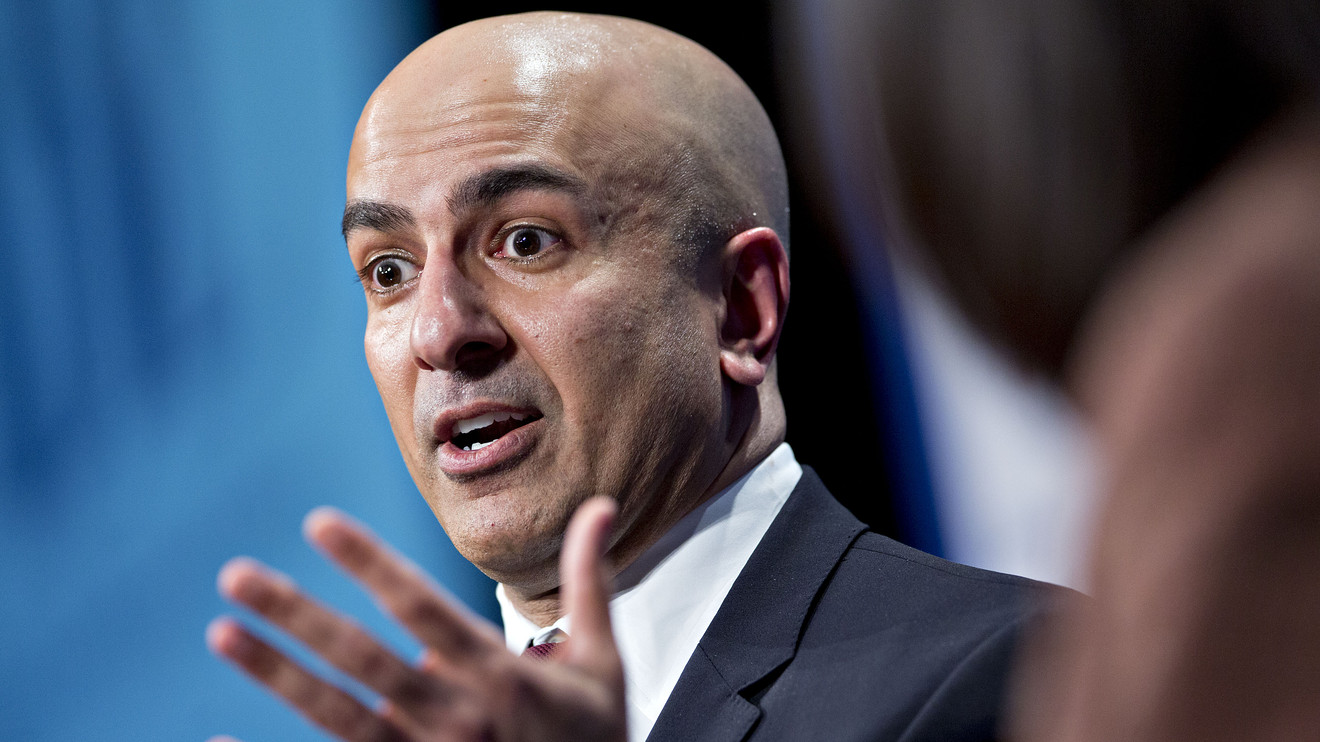Fed Chairman Kashkari says the warnings of hyperinflation are just ‘ghost stories’

Minneapolis Fed Chairman Neil Kashkari said Friday that warnings that US inflation is about to rise are not supported by any evidence, which are “ghost stories”.
The rhetoric since 2008 has been that once inflation starts to rise, it will accelerate, forcing the Fed to apply the brakes by sharply raising the policy interest rate, Kashkari said, In an article published on his regional bank’s website.
He said that these theories are similar to ghost stories because there is no evidence for their validity however they cannot be ruled out.
Some economists are concerned that the CPI indicates rising inflation.
The CPI rose 6.3% year-on-year over the past three months, the highest rate since 2008. Core CPI, which does not include food and energy prices, rose 5.1%, the highest level since 1991. Commodities rose By 8.1%, the highest since 1982.
In a separate interview on Friday, Atlanta Fed Chairman Rafael Bostic said the COVID-19 pandemic had made “a lot of noise” in the inflation data.
“From month to month and quarter to quarter, elements of the CPI are showing wide fluctuations … so it’s hard to tell what signal we’re seeing now,” Bostick said in an interview with Bloomberg TV.
Financial markets have not reacted much to the Fed’s pledge to allow inflation to exceed its target, and analysts said this is because the price level has been very quiet in recent years.
Federal Reserve Bank of St. Louis President James Bullard said Friday that Wall Street’s complacency about inflation could be tested.
“I actually think you might see more inflation than what we saw during the pre-pandemic era, when inflation was very quiet.
In a discussion sponsored by the Boeing Center for Supply Chain Innovation at Washington University in St. Louis, Pollard said there are many factors that could push the price level higher: a more relaxed Fed, massive fiscal deficits and potential bottleneck pressures given the 30%. The expected annual growth rate in the quarter from June to September.
Kishkhari said reversing rising inflation would be a “high level problem” for the Fed.
That’s because the Fed knows how to deal with rising inflation – the problem is that the central bank has limited tools to combat low inflation.
Kishkari noted that the persistent low inflation poses challenges to advanced economies around the world.
The Fed this week announced the final parts of its strategy to avoid falling into the sands of low inflation.
Read:The Federal Reserve’s Last Stand: The Battle to Stay Strong
The FOMC said it will keep interest rates close to zero until the labor market achieves maximum employment opportunities and inflation has risen to its 2% target and is on its way to moderately above 2% for some time.
Kishkari objected to the Fed’s new future guidance at its policy meeting on Wednesday. He suggested simpler language that the FOMC “expects to maintain the target range until core inflation reaches 2% on a sustainable basis” and defines the “sustainable basis” in this environment as lasting for about a year.
Kashkari said his alternative directive was stronger than the approved statement.
The chair of the Minneapolis Fed said the FOMC does not need to mention employment in its future guidance and include it in the risk of reducing a slump in the labor market.
Under his proposal, “We will only take off after we have proven that we are truly at maximum employment opportunities because core inflation had to reach or exceed 2% on a sustainable basis in order to rise,” he said.

Communicator. Reader. Hipster-friendly introvert. General zombie specialist. Tv trailblazer






